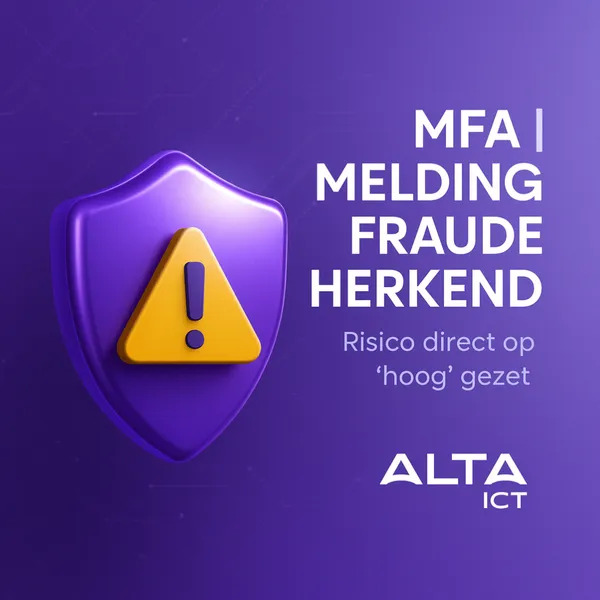
Knowledge base
March 10, 2024
The Ultimate Guide to Microsoft 365: Security and Compliance
In today’s world, where almost everyone has used a spreadsheet at some point, chances are you are familiar with Microsoft 365. Holding 46% of the global market according to Statista, Microsoft 365 is one of the most popular office suites in use. From Word to Teams and Excel to SharePoint, the suite includes as many as 14 different apps designed to make your work easier and more secure. Let’s dive deeper into how Microsoft 365 protects your data and meets compliance requirements.
Microsoft 365 and its shared responsibility model ????
- Management by Microsoft: From the physical infrastructure in the cloud to apps like Teams, Microsoft ensures a secure environment.
- Your Responsibilities: As a user, you are responsible for your information, data security and managing accounts and identities.
What does Security and Compliance mean in Microsoft 365 ????.
- Security: Focused on protecting data from internal and external threats. Consider threat detection, access management and risk management.
- Compliance: Adherence to data management and protection policies, rules and procedures, including relevant data protection regulations.
Top Security and Compliance Features in Microsoft 365 ????
Identity and Access Management (IAM).
- Seamless user experience: Once logged in, users have access to everything their profile allows, without secondary logins.
- Unified identity management: Manage user identities and permissions from one central database.
- Role-based access control (RBAC): Simplify user management by defining access rights based on the user’s role within the organization.
Threat Protection
- Microsoft Sentinel: An advanced SIEM feature that automatically logs, correlates and analyzes data to detect and automatically respond to cyber threats.
- Microsoft Defender’s XDR: Proactively looks for threats and security vulnerabilities in your Microsoft 365 environment to automatically mitigate cyber attacks.
Information Protection
- Data classification: Automatically catalogs data so you can classify important information and protect sensitive information.
- Data loss prevention (DLP): Protects sensitive data such as financial records and employee personal data.
Security and Risk Management
- Information barriers: Prevents communication between certain groups and users to ensure confidentiality.
- Customer lockbox: Gives you complete control over who has access to your data in the Microsoft 365 cloud.
Microsoft 365 Security Best Practices ????
- Enable multifactor authentication: For a more secure login.
- Apply updates and patches regularly: To close known vulnerabilities.
- Using advanced threat protection (ATP): To protect your network from malware and phishing.
- Implementing data loss protection: To protect sensitive information and comply with regulations such as HIPAA.
Integrate with Microsoft 365 Apps ????
- Exchange: Protected by Microsoft’s Exchange Online Protection service.
- OneDrive: Uses 256-bit AES encryption to protect stored data.
- SharePoint: A Web-based document and collaboration platform with the same security measures as Microsoft 365.
- Teams: Supports chat and video conferencing with comprehensive security features.
Protect Your Microsoft 365 Data With Backup Solution From ALTA-ICT????️
While Microsoft 365 offers excellent security features, the ultimate responsibility for protecting your data falls to you. Implementing a robust Microsoft 365 backup solution, is essential for quickly restoring your organization’s data and systems after a cyberattack or ransomware attack. Please feel free to contact us for an introductory discussion. We are happy to help you with the right solutions to comply with legislations such as NIS2.
Want to know more?

Related
blogs
Tech Updates: Microsoft 365, Azure, Cybersecurity & AI – Wekelijks in je Mailbox.



